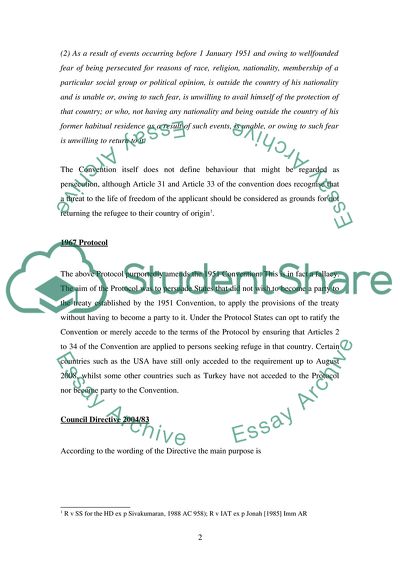Cite this document
(Immigration Law and Humanitarian Protection of Sexual Orientation Research Paper, n.d.)
Immigration Law and Humanitarian Protection of Sexual Orientation Research Paper. Retrieved from https://studentshare.org/law/1721940-immigration-law
Immigration Law and Humanitarian Protection of Sexual Orientation Research Paper. Retrieved from https://studentshare.org/law/1721940-immigration-law
(Immigration Law and Humanitarian Protection of Sexual Orientation Research Paper)
Immigration Law and Humanitarian Protection of Sexual Orientation Research Paper. https://studentshare.org/law/1721940-immigration-law.
Immigration Law and Humanitarian Protection of Sexual Orientation Research Paper. https://studentshare.org/law/1721940-immigration-law.
“Immigration Law and Humanitarian Protection of Sexual Orientation Research Paper”, n.d. https://studentshare.org/law/1721940-immigration-law.


